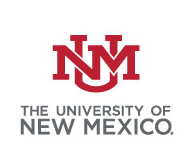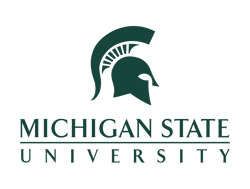About FoRDent
A new tool for estimating population affinity from dental morphology
FoRDent is a new tool for estimating population affinity from the permanent dentition.
- Web-based, free access. User-friendly interface rich with images to facilitate use by practitioners not expert in dental morphology.
- Simple to use interface coupled with a large sample (n~4600) appropriate for forensic casework in North America, cutting edge statistics, and an approach to population affinity informed by contemporary anthropological thinking.
- Up to 65 dental variants can be scored and included in the analysis.
- All data analyzed using the original (non-dichotomized) scores, preserving subtleties of variation and allowing for more fine-grained analyses.
-
FoRDent employs a Gradient Boosting Machine (GBM) approach.
- GBM is an ensemble learning technique that builds decision trees sequentially, each tree correcting errors made by previous models and boosting the final prediction as the sum of the predictions across all trees.
- GBM is highly effective classifying this sample, robustly handling this complex, multidimensional data.
- The FoRDent approach showcases the power of machine learning techniques in dental research and underscores their potential for dental morphology in population affinity estimates going beyond more naïve approaches that do not weigh variable importance.
FoRDent draws on a near-global sample representing 111 modern nations, focused on the US and Mexico.
- US samples include recent and contemporary African, Asian, European, Hispanic, and Native Americans from 11 different states in different regions of the country.
- Additional contemporary samples represent Australia, Japan, and Mexico City, Tlaxcala, and Yucatán in Mexico.
- For contemporary samples, population affinities are as described by members of each local community from the samples were drawn.
Heather J.H. Edgar, PhD, University of New Mexico
Joseph T. Hefner, PhD, Michigan State University
Ron Richardson, MS, R-Squared Solutions
Joseph T. Hefner, PhD, Michigan State University
Ron Richardson, MS, R-Squared Solutions
This work supported by Congressionally Directed Spending through NIST grant 60NANB22D203. Thank you, Senators Heinrich and Lujan! Additional Support from UTK via FORDISC funds. Thank you, Richard Jantz and Stephen Ousley. Thank you to the many collections that provided access to the materials used here.

